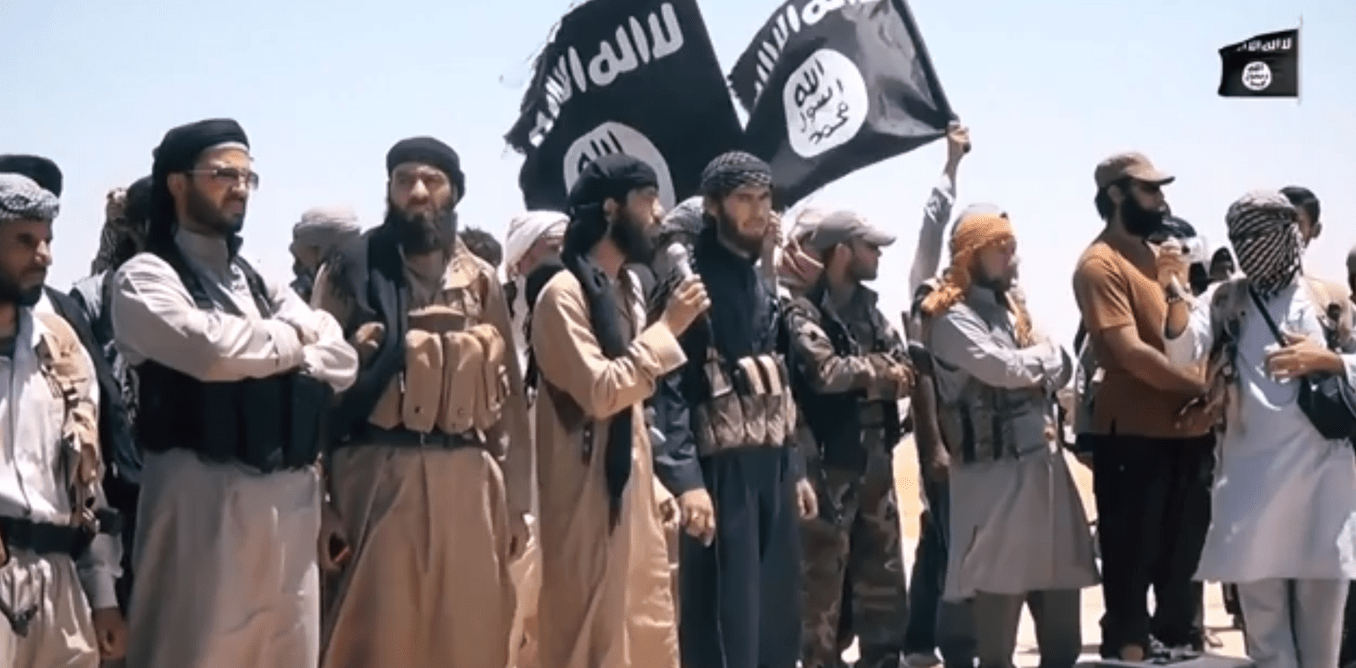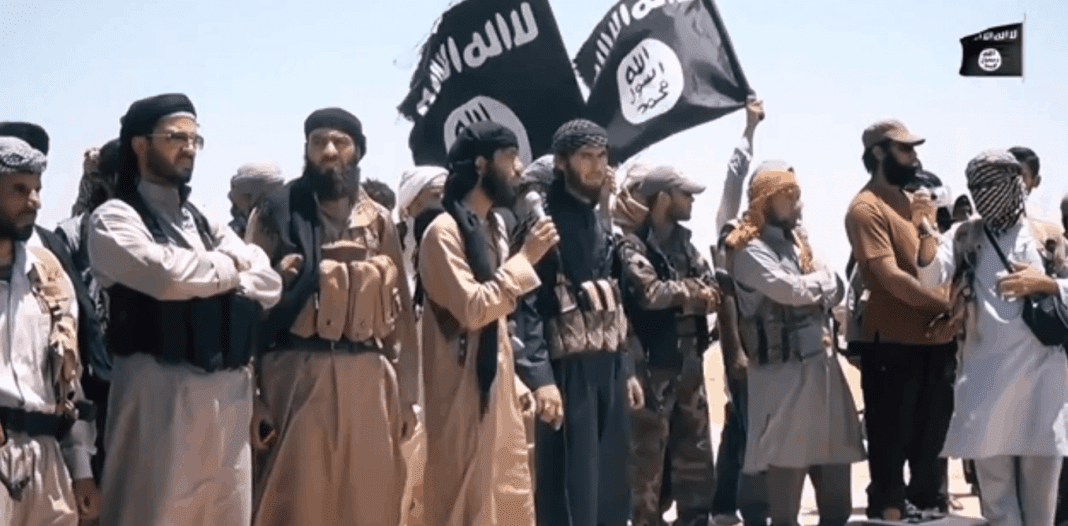
The Islamic State in Greater Sahara (ISGS) has carried out several attacks in Niger in the last month after a long period of operating in Mali, indicating a return to its former capability, intent, and modus operandi.
Inception and Recognition
The roots of ISGS can be traced back to 2013 when the Masked Men Brigade and the Movement for Oneness and Jihad in West Africa (MUJAO) combined forces to establish al-Mourabitoun. Leading al-Mourabitoun was Mokhtar Belmokthar, the Algerian with a track record including fighting with the Mujahadeen in Afghanistan, the Armed Islamic Group of Algeria in the Algerian Civil War, and Al-Qaeda in the Islamic Maghreb (AQIM). In 2015, one of al-Mourabitoun’s commanders, Adnan Abu Walid al-Sahrawi, pledged allegiance, bay’a, to the Islamic State (IS) shortly after they conquered Palmyra and Ramadi. Al-Sahrawi himself received his military training while he was a member of the Polisario Front before joining MUJAO. However, Belmokhtar rejected al-Sahrawi’s pledge stating it was an individual act. The pledge divided the ranks of al-Mourabitoun which effectively led pro-IS members to leave with al-Sahrawi and in turn establish ISGS.
The group carried out three sophisticated attacks in 2016 in the Niger-Mali-Burkina Faso border region. The last of which was the attack on the Koutoukale prison near Niamey in October 2016. The prison is considered Niger’s most secure facility of its kind and has been referred to as a fortress. It holds some of the countries’ most dangerous people, including jihadists with Boko Haram, IS, and AQIM affiliation. The attack was stopped by security forces. Just three weeks after the attack on the prison, IS officially accepted al-Sahrawi’s pledge from 2015, indicating that the group proved themselves.
Rise and Fall
ISGS largely operated under the radar until October 2017, when the group ambushed a joint patrol of Nigerien and American soldiers. The ambush resulted in the death of five Nigerien soldiers and four American soldiers, two of which were Green Berets. For the Americans, the ambush was one of the deadliest recent attacks on American troops in Africa.
Throughout 2017 the group carried out attacks in the Tillabéri region of Niger which prompted the Nigeriens to request assistance from the French through Operation Barkhane declaring the situation in Tillabéri a state emergency. The French responded and directed efforts against the group, assisted by local militias cooperating with the French, including the Movement for the Salvation of Azawad (MSA) and the Tuareg Imghad and Allies Self-Defence Group (GATIA). The French-led campaign on ISGS pre-occupied them and limited their capability to launch attacks of their typical hit-and-run nature. The coalition was able to destroy much of ISGSs stronghold in Menaka in Mali as well as military equipment, including arms and tools for communication. ISGS was weakened and forced to fight the French-led coalition in Mali in 2018 and in the first months of 2019.
Capability and Intent
Recently, it seems that ISGS is returning to its old ways. Since the French increased efforts in Mali and Burkina Faso in the last months, it seems that pressure on ISGS has eased and enabled them to remobilise. Additionally, local militias of the coalition have suffered heavy losses. ISGS’s own propaganda paper Al Naba estimated that ISGS had claimed the lives of nearly 400 GATIA and MSA fighters, though this number may be exaggerated. Meanwhile, Niger withdrew its approval of cross-border cooperation into Niger back in February which hinders efforts against groups like ISGS that operate cross-border. All of these are factors that seemingly gave ISGS the capability to return to its old modus operandi.
Towards the end of March 2019, reports emerged that ISGS had restored communication with IS after what is believed to be more than two years without it. Simultaneously, the lethality and scope of ISGS operations in Niger started to increase. On 29 April 2019, IS leader Abu Bakr al-Baghdadi appeared publicly for the first time in five years in a video. In the video, he praised the Sri Lankan attack, as well as he specifically urged his followers to intensify attacks on France.
Since then, ISGS has launched multiple attacks aligned with IS strategy in Niger and similar to its modus operandi prior to 2018, which are different than firefights with local militias and ethnically motivated violence in Mali. Specifically, on May 14 ISGS ambushed a Nigerien patrol which resulted in the death of 28 Nigerien soldiers, the most lethal in the region. The ambush took place close to the Togo Togo ambush on the joint US-Nigerien patrol in 2017. The day before, ISGS once again assaulted the Koutoukalé prison, though again, unsuccessful. These attacks indicate a return to Niger’s Tillabéri, a return to hit-and-run and ambushes, and a return to former target acquisition – in conclusion, a tried and true modus operandi directed by IS central.
Image: Youtube / The Conversation (link)

